.png?width=4560&height=656&name=Website%20(8).png)
Research
Original, data-rich research that equips healthcare leaders with
authoritative insights into trends shaping the health economy.
authoritative insights into trends shaping the health economy.
%20(1).png?width=7120&height=5648&name=HPPT%20White%20Paper%20(3)%20(1).png)
Health Plan Price Transparency
Leveraging Transparency in Coverage Data to Reveal Actionable Information on Commercial Negotiated Rates
Our newest report analyzes health plan price transparency data to examine unexplainable differences in healthcare prices.

ABA Therapy Utilization Grew Nearly 300%, Driven by Increases in Medicaid
Read More
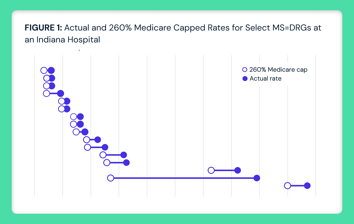
State Hospital Pricing Law Signals 2026 Legislative Activity and Potential Federal Reform
Read More

High Polypharmacy Rates Underscore Pharmaceutical Reliance
Read More

Cash Rates Are Often Lower Than Negotiated Rates for Common Hospital Services
Read More

Limited Network Options Offered to Employers Can Result in Thousands More for the Same Healthcare Service
Read More
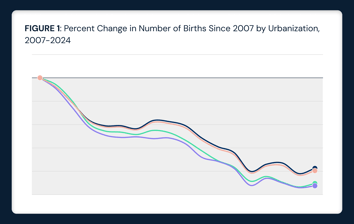
2025 Labor and Delivery Closures Disproportionately Affect Smaller Hospitals Serving Roughly One-Third of Local Births
Read More
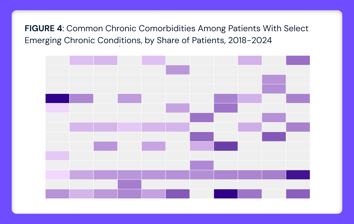
Growth in Emerging Chronic Conditions Signals a General Sense of Unwellness
Read More
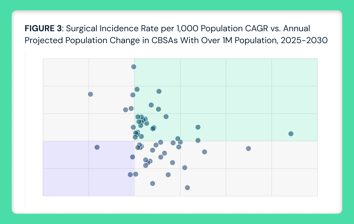
Projected Population Change and Market-Level Incidence Rates Influence Healthcare Demand
Read More
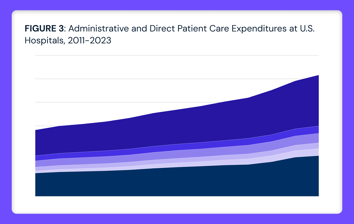
Hospital Administrative Expenditures Exceed Direct Patient Care by Nearly 2x
Read More






















.png)

















.png?width=171&height=239&name=2025%20Trends%20Report%20Nav%20(1).png)
